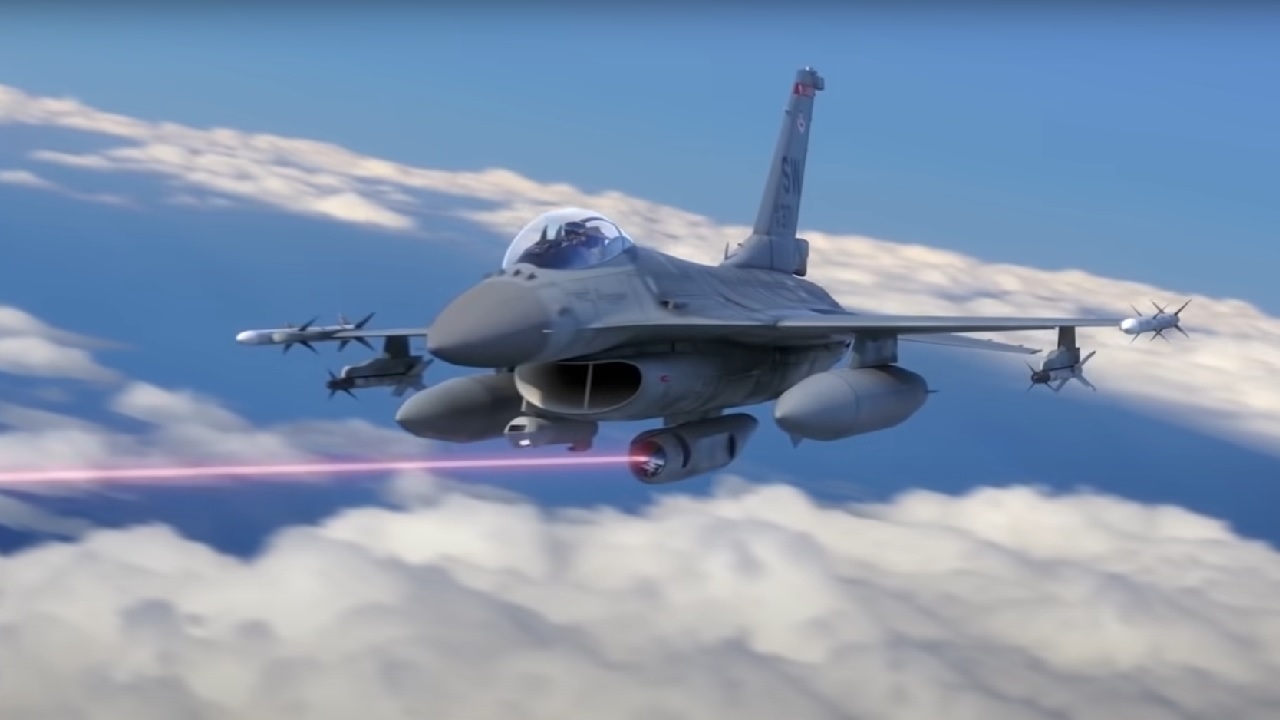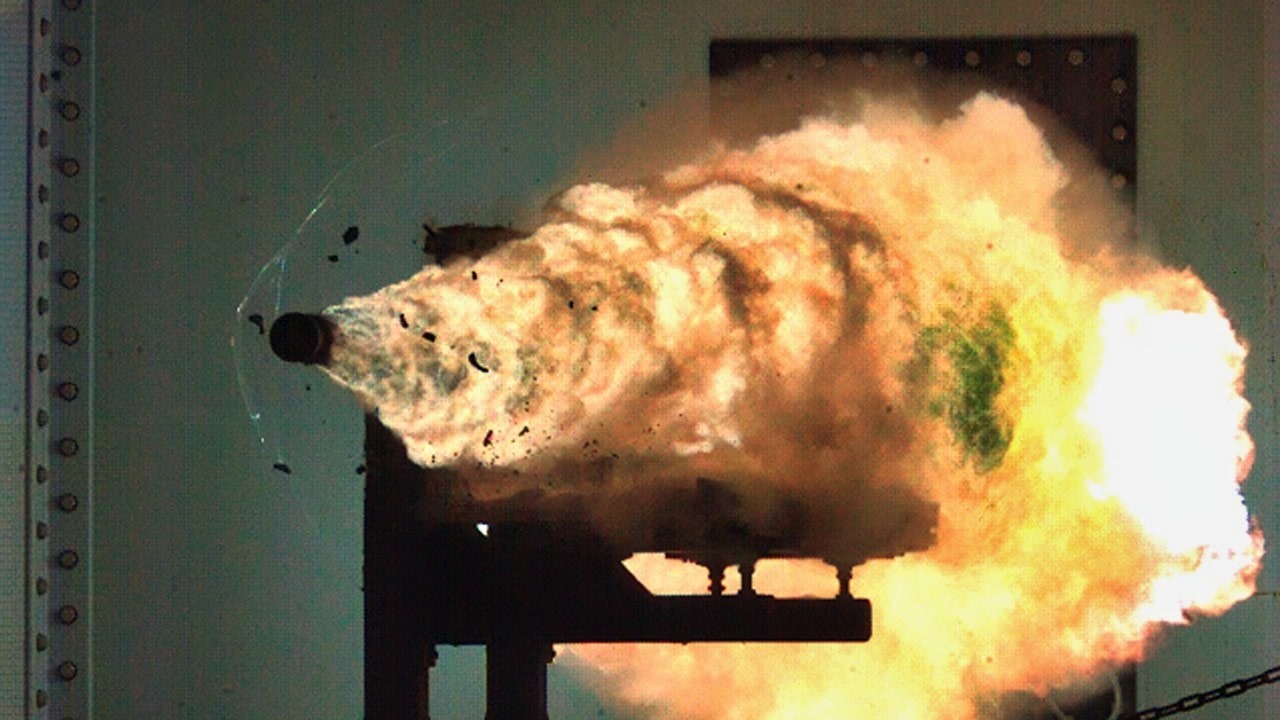We’ve been hearing about directed energy weapons seemingly forever. And it has always been “in just a few more years … yada, yada.” Well, the future is not quite here yet, but it is a heck of a lot closer.
Directed Energy Weapons (DEWs) come in two categories: high-energy lasers and high-powered microwaves. The military is working on both. These weapons are different. They travel only in a straight line; the weapon can’t shoot down anything past the earth’s curve. But they are the perfect movie gun to come to life. As they don’t fire traditional ordinances, their ability to fire is practically unlimited—dependent only on an energy source.
But first, what are directed energy weapons (DEWs)? They are electromagnetic systems capable of converting chemical or electrical energy to radiated energy and focusing it on a target. This results in physical damage degrading, neutralizing, defeating, or destroying an adversarial capability.
Military Deployed Programs Using Directed Energy Weapons
Mark Spencer, director of the Joint Directed Energy Transition Office within the Office of the Assistant Secretary of Defense for Critical Technologies, believes the future is here.
It is a “game-changing technology,” Spencer said.
“Is it the be-all and end-all of technologies that’s going to solve all of our problems? No. However, when we start to think of how we’re going to employ these future systems for these future fights, directed energy does play a role from a systems perspective,” he added. Spencer pointed to the following programs that are being used by the military.
Lockheed Martin is developing some impressive Directed Energy lasers for the services. Their designs incorporate a layered, multi-domain defensive approach.
They included the ODIN, an Optical Dazzler Interceptor (Navy); HELIOS, a High-Energy Laser with Integrated Optical Dazzler and Surveillance (Navy); Solid State Laser—Technology Maturation (Navy); CLaWS, a Compact Laser Weapon System (Marine Corps); HELWS, a High-Energy Laser Weapon System (Air Force); and THOR, a Tactical High-Power Microwave Operational Responder (Air Force/Army).
Thor is a joint Air Force and Army project that disables drone electronics. It is specifically engineered to counter multiple targets—such as a drone swarm—with rapid results. The technology is housed in a 20-foot-long shipping container that can be stowed in a military cargo plane and assembled by just two people.
“The Army’s directed energy capabilities will need to provide a layered defense with multiple ways to defeat incoming threats,” Army Lt. Gen. L. Neil Thurgood said. “High energy lasers kill one target at a time, and high powered microwaves can kill groups or swarms, which is why we are pursuing a combination of both technologies for our Indirect Fire Protection Capability rapid prototyping effort.
“Our partnership with the Air Force Research Laboratory gave the Army a running start on the high-power microwave mission, and we look forward to continuing to advance these capabilities to protect our warfighters.”
The bad news is that these programs are only being deployed in small numbers and are primarily used for testing and evaluation.
Are More Coming Soon? The Navy Wants That
Vice Adm. Brendan McLane, the new commander of the Naval Surface Force, U.S. Pacific Fleet, is unhappy with the DEW timeline. He wants a directed-energy weapon on every Navy ship.
“I am not content with the pace of directed energy weapons. We must deliver on the promise this technology gives us,” he said.
However, issues out of his and the Navy’s control seem to be setting this back. Supply chains, including critical raw materials, the manufacturing base and workforce, and testing infrastructure, cannot support [directed energy weapon] deployment at scale. Currently, the industry can only produce small quantities of systems with long lead times.

Lockheed Martin demo video of laser system. Image Credit: Lockheed Martin video screenshot.
The US needs to acquire more rare earth minerals, such as gallium and germanium, which China has banned from exporting to the US, and train a workforce with some experience and expertise in working with directed energy weapons.
Are Microwaves A Better Alternative?
Directed energy HPM provides the US Navy with many benefits, including speed of light attack, near-bottomless magazines, and modest electrical power from the host platform. Additional benefits include broad beams for wide area coverage with comparatively simple targeting and the ability to be used in congested (urban) environments where kinetic weapons may have constricted use.
Raytheon has been a leader in high-power microwave (HPM) technology for the past eight decades. Under the three-year, $31.3 million contract from the Naval Surface Warfare Center Dahlgren Division, Raytheon will deliver prototype systems to the US Navy and US Air Force as part of the Directed Energy Front-line Electromagnetic Neutralization and Defeat (DEFEND) program.
“Non-kinetic defense systems are a key part of America’s national defense strategy,” Colin Whelan, president of advanced technology at Raytheon, said in a statement.
“The new iterations of Raytheon’s high-power microwave systems are cost-effective and reliable solutions that operate at the speed of light — enabling our warfighters to defend against faster and more maneuverable threats.”
Raytheon UK is installing another type of directed-energy weapon, a high-energy laser, onto a Wolfhound armored vehicle. Raytheon’s Phaser High-Power Microwave System is also easy to operate. Technicians gave Army personnel training, and they defeated drones in real-world scenarios.
The US is getting close to fielding these weapons across all of our services. These tests look very promising. Now, the industry manufacturers need to increase their production tempo.
About the Author: Steve Balestrieri
Steve Balestrieri is a 19FortyFive National Security Columnist. He served as a US Army Special Forces NCO and Warrant Officer. In addition to writing for 19FortyFive, he covers the NFL for PatsFans.com and is a member of the Pro Football Writers of America (PFWA). His work was regularly featured in many military publications.

